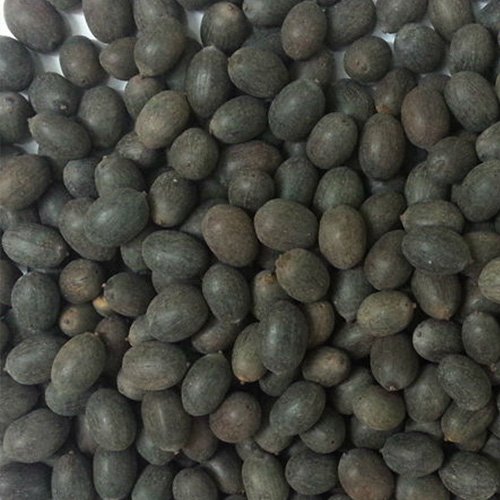LOTUS SEEDS
Lotus seeds are obtained from the lotus flower. They are a versatile food and can be eaten raw or cooked. The dried lotus seeds can be popped like popcorn and eaten. The seeds are harvested in the months of August and September and are then dried under the sun. There are two types of lotus seeds, white and brown peel. The shells, membranes and bitter germ of the seed of the white lotus seeds are removed during harvest. Brown lotus peels, which get their color from the ripened seed which attaches to the membrane, are cracked in order to remove the germ. Dried lotus seeds are sold widely in Asian markets. They are hardy and rough in texture and hence must be soaked in water overnight. They can be added to various dishes such as soups. Fresh lotus seeds are sold with the seed heads. They must be broken to remove each seed and then eaten. The shell of the fresh seeds should be removed before eating. Crystallized lotus seeds are made by cooking the seeds in syrup and then drying them. One of the most common uses of lotus seeds is lotus seed paste which is used in Chinese pastries and in Japanese cakes and desserts.
Lotus Seeds are imported from Vietnam
Lotus seeds are a rich source of phosphorus, protein, potassium and magnesium. They may also contain zinc and iron. The seeds contain low levels of sugar, sodium, cholesterol and saturated fat. One ounce of raw lotus seeds contains approximately 94.3 calories.
Lotus seeds also contain a powerful anti-aging enzyme which researchers are now trying to add to various anti-ageing products and cosmetics. The dried seed heads are sold for decorative purposes across the world. These seeds are commonly used in dried flower arranging.

